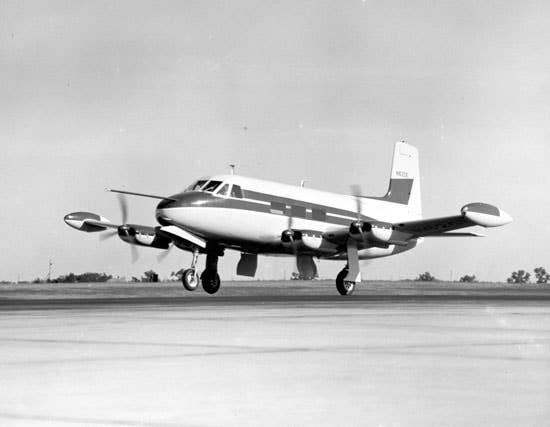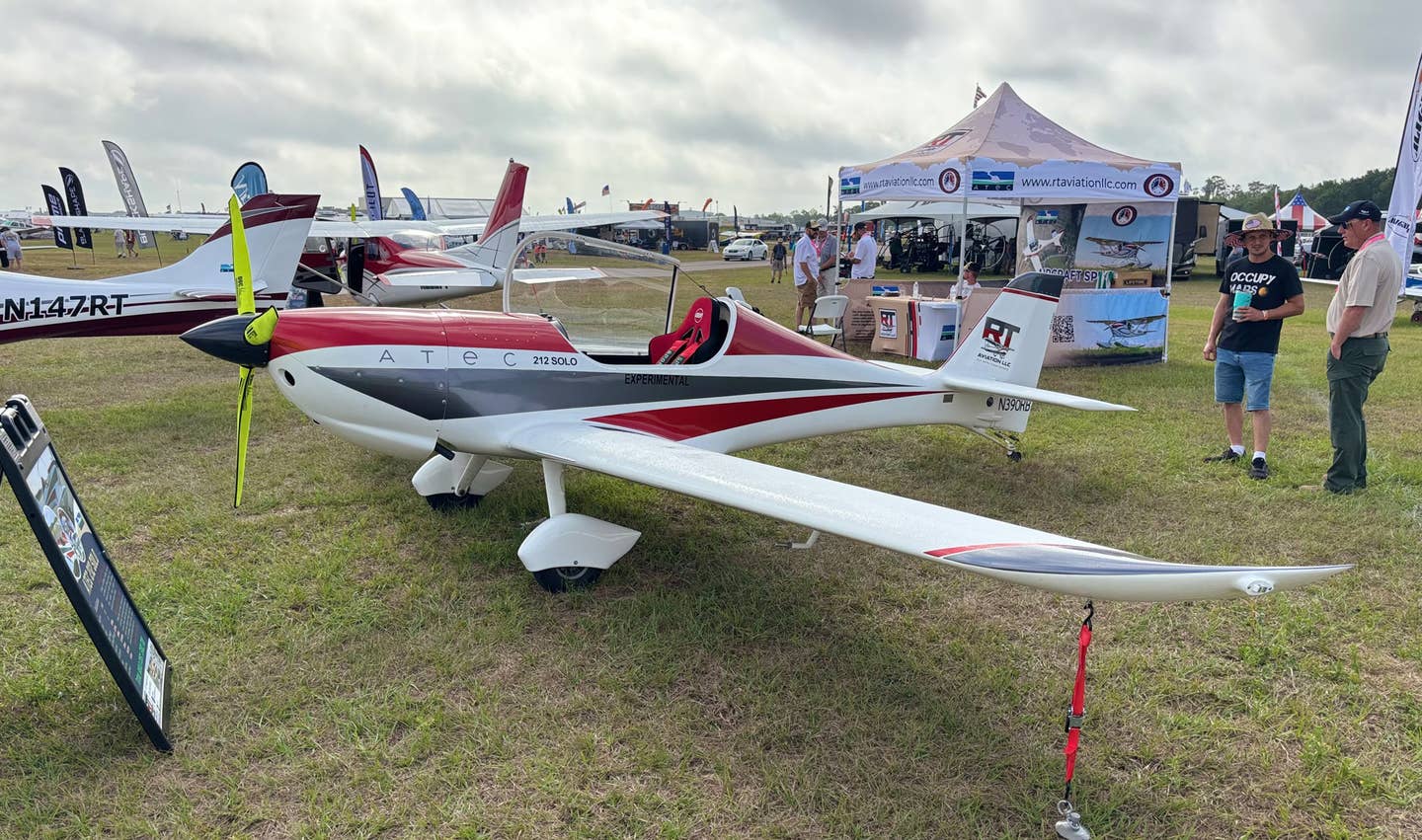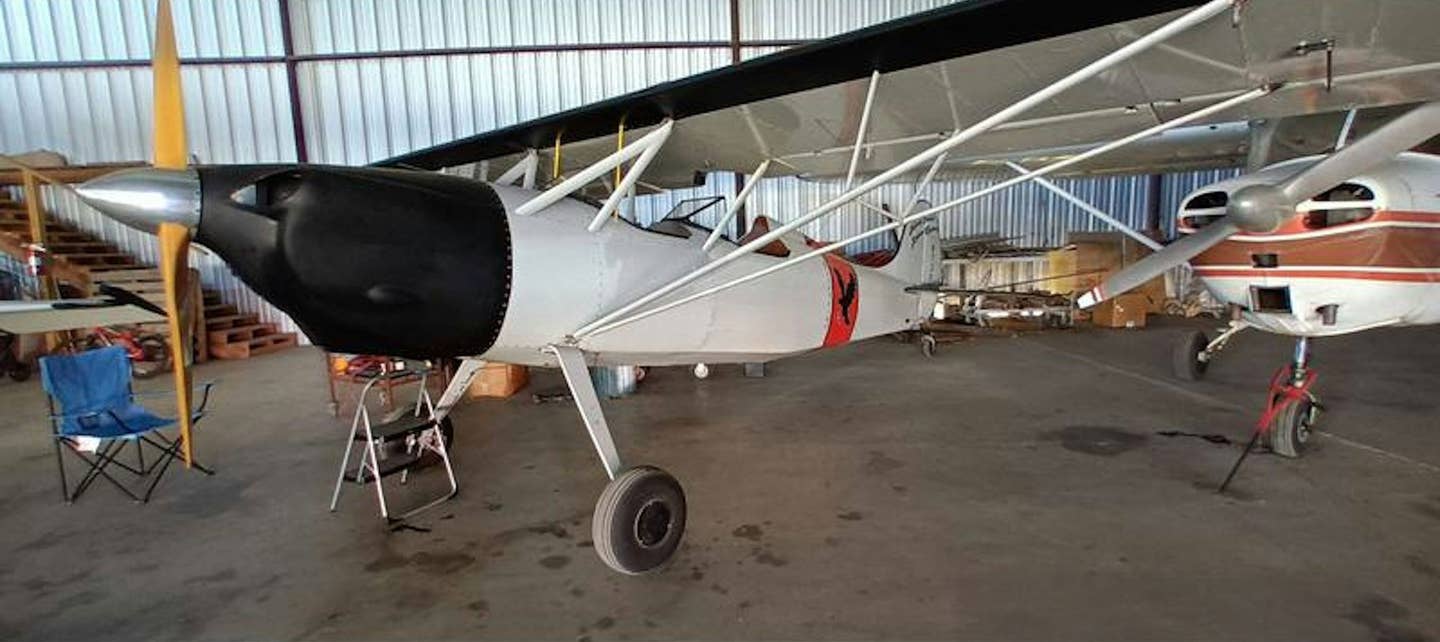This Incredible Plane: Cessna 620
Too late for one era, too early for another, this wonderful mini airliner turned out to be both behind and ahead of its time!

Cessna 620. Wikimedia Public Domain
Twenty years before the first Cessna Citation entered service in 1972, the Cessna Aircraft Company explored the market for a business aircraft designed to carry eight to 10 executives high above the weather in air-conditioned and pressurized comfort. Responding to a survey from the then-fledgling National Business Aircraft Association, the company decided that the time was right for a four-engine mini airliner, one part light twin, and one part DC-6 clone. Given the green light by company management in 1953, the first and only prototype entered flight testing in 1956 and was by all counts an excellent aircraft.
The moniker "620" was not by accident, as can be seen in the engine nacelles that mimic the early Cessna 310. However, the 620 boasted a large, comfortable and pressurized cabin, an APU to keep the executives cool on the ground, and an engine-out service ceiling of over 20,000 feet. According to test pilots and designers, the 620 program was one of the most successful product development efforts the company had put forward to date. So, what went wrong?
To understand the failure of the Cessna 620 is to understand the rapid advance of technology in the 1950s. At the time, most business aircraft were converted World War II-era medium bombers, war surplus transports and a smattering of custom-built executive aircraft, like the Twin Beech and the later-arriving Howard 500. Many of these aircraft were costly to operate and short on creature comforts. The Cessna 620 was a great leap forward, providing shirt-sleeve cabin comfort and a large cabin cross-section, with four-engine safety.
However, the 1950s were the golden age of the jet. During this amazing 10-year period, the "Century Series" jet fighters were designed and constructed, the 707 and DC-8 were born, and the first business jets from Lockheed and North American were just around the corner. Cessna's Board of Directors realized that these new jets offered speed and altitudes that the Cessna 620 could not match, more than compensating for their smaller and more cramped cabins. They also surmised the transition from props to jets could flood the business aircraft market with older, small piston airliners such as the Martin 404 and the Convair 240. So, even before the single Cessna 620 test article could complete a flight test, the program was canceled, the engines salvaged, and the rest of the airframe destroyed. For those involved in the program, it was a bitter end.
It would have boasted impressive performance, too. It could cruise in the mid-20s at 260 knots with a range of over 1,700 nautical miles. It possessed excellent handling characteristics and did so with non-boosted flight controls. Moreover, the aircraft cuts a handsome image on the ground and in the air. It looks like a Douglas DC-6 that has been mated to the wing and engines from the Cessna 310, including those iconic "Sky King" tip tanks.
The entire package has remarkably elegant proportions, and test pilots reported a roomy cockpit and equally elegant handling characteristics. The engines were only a stopgap as turboprops were already under consideration.
Cessna would take one more shot at the business aircraft market during the decade with a mockup of a four-seat business jet version of its remarkable T-37 Jet Trainer before finally striking gold with the iconic Cessna Citation line in the 1970s. And, like the 620, the company would opt for a bit larger cabin cross-section than its jet competitors, more creature comforts, lower cruising speeds and handling characteristics that have made it a single-pilot favorite. If you look closely at many of the over 7.500 Cessna Citations produced today, you can find the straight wing of the T-37, and the simplicity and larger fuselage cross-section of the Cessna 620. So, maybe the Cessna 620 was not a wasted effort after all, and just maybe it lives on today.

Subscribe to Our Newsletter
Get the latest Plane & Pilot Magazine stories delivered directly to your inbox






